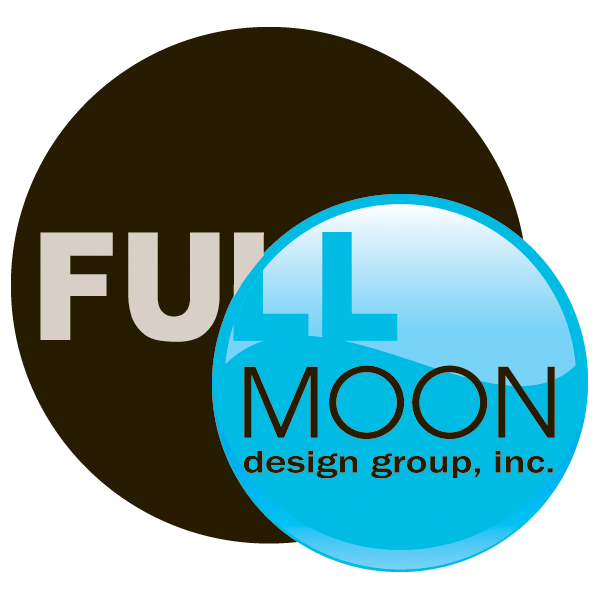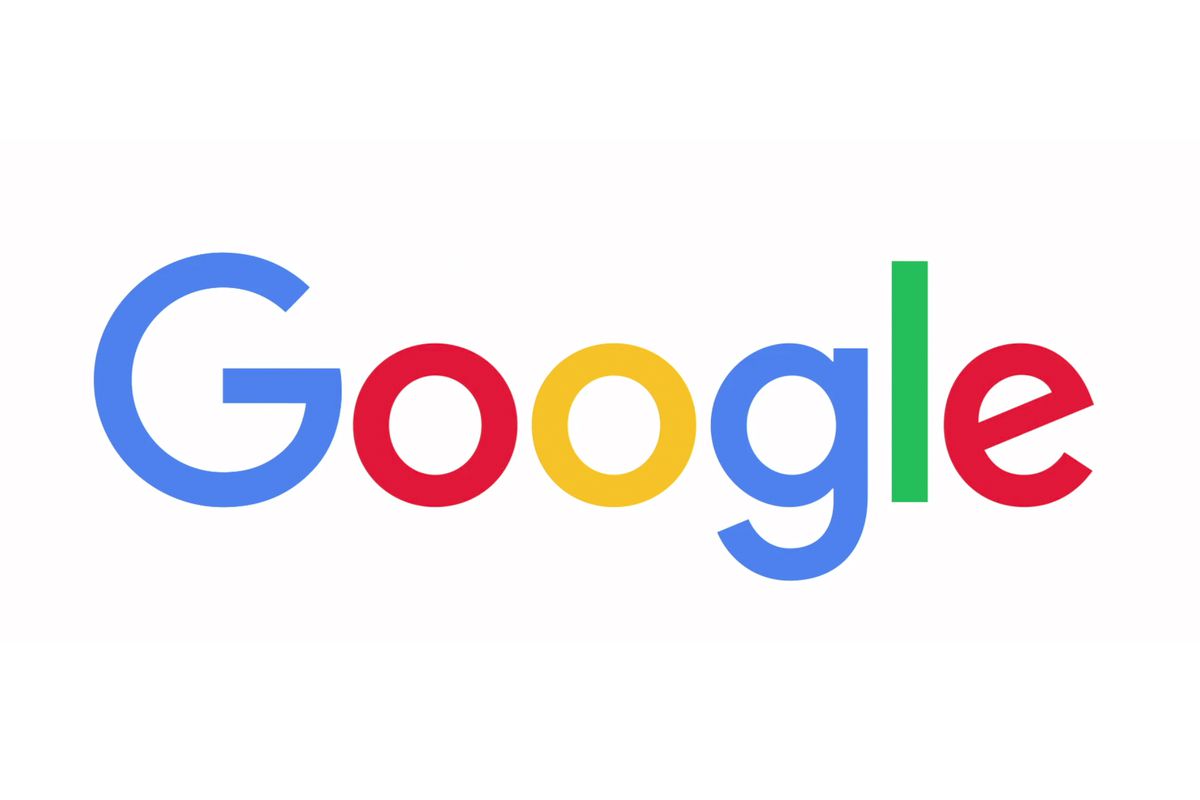When you’re proud of your innovative and engaging website, you’ll want to share it with as many people as possible, especially your ideal future clients and customers. To make that happen, you’ll need to appear as high in the Google search rankings as possible.
Today I’ll be sharing 5 tested, Google-approved strategies that are working right now and will take you into 2018 and beyond.
- For your written content, always create a compelling title and meta description.
The meta description has been around for a while now, but Google still loves it. You may have heard this meta description referred to as “the snippet” and it determines how your website and latest posts show up in search results.
The way Google displays your results has a huge influence over whether people want to click on your site or someone else’s. If you can optimize this snippet by using the words and phrases that people are using in their searches, you’ll do much better in search results.
Keep in mind that Google will also use the title of your posts and website to decide how to your content shows up in the search results. To make a great first impression, give your titles some serious thought, too.
- Optimize your webpages to load as quickly as possible (while still looking great).
Did you know Google researchers suggest page load times of less than 100 milliseconds? Your goal should be for your website visitors to hop onto your site and accomplish their tasks in an easy, fulfilling way on every device, at every speed – and don’t forget to make it secure, too!
Website speed is certainly a huge topic, but optimizing your images is a manageable place to start if you’re looking for DIY solutions. In fact, high-quality, large images are usually the #1 culprit when a website’s loading time is slow. Web page download time, (aka page load time) hinges on how long it takes for the file to download from hosting servers.
These image optimization best practices can greatly reduce the negative impact of images on your website’s speed:
- Choose the best format. Use JPGs when image quality is a high priority and you won’t need to modify the image before uploading it. For images with icons, logos, illustrations, signs and text, use PNG format. Save any GIFs for small or simple images. Avoid BMPs or TIFFs altogether!
- Compress your images. There’s always a tradeoff between image size and quality and for JPGs, a compression of 60-70% produces a good balance.
- Use fewer images. For your regular posts (e.g. blog content) keep the number of images to a minimum when you can.
- Use an image optimization plug-in. Check out Imagify, ShortPixel Image Optimizer, Optimus WordPress Image Optimizer, WP Smush, TinyPNG, or EWWW Image Optimizer Cloud.
- Focus on consistent, in-depth content
For a few years now, Google has been measuring both content and context of blog posts and other articles, passing over conspicuously keyword-stuffed fluff in favor of in-depth coverage of a topic.
With more in-depth content, your website visitors get everything they need in one place. Consider regularly publishing content that’s at least 2,000 words. Longer content (like ultimate guides and long-form blog posts) consistently outrank short articles.
- Make sure the mobile version of your site looks amazing.
Did you know experts are predicting that Google will soon consider the mobile version of your site the “real” version, even if someone searches from a desktop? That’s how crucial the mobile version of your site is!
More than 50% of all searches are done on mobile devices and this number will only continue to grow. If the mobile version of your site isn’t the best it can be, make this a huge priority.
- Incorporate video into your site.
This final tip is simple: online video is exploding right now, will continue to grow in 2018, and is too big to ignore. In fact, YouTube is already the world’s 2nd largest search engine and online video is expected to make up 80% of all online traffic by 2021.
Consider embedding video content into your blog posts, articles, or even on your homepage. Google will love you for it!
If you’re ready for a gorgeous, innovative, user-friendly website and brand that attracts your ideal clients and customers and that Google will love, let’s talk! No more hiding at the bottom of the search results in 2018.
Click here to get in touch.


